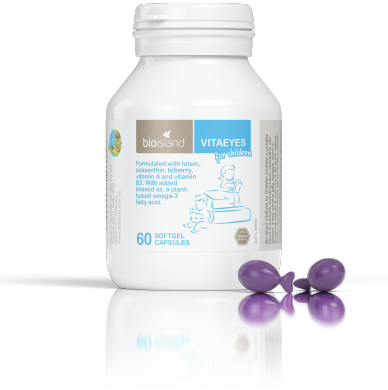
How do we see?
Curious kids do you know how we see? It may sound straight forward but our visual process has more to it than meets the eye, literally!
Hey there, curious minds and young explorers! Have you ever wondered how you can see all the wonderful things around you? It's all thanks to a remarkable gift we all have – our eyes! In this adventure-packed blog post, we're going to take a journey into the world of our eyes and discover how they work their magic. So, gather around with your kids, and let's dive into the fascinating realm of vision!
Step 1: Let's Meet the Superheroes - The Parts of the Eye
Imagine your eye like a tiny camera that captures the world around you. But instead of film or a memory card, it uses something called the retina. The eye is made up of many parts, but we'll focus on these key players:
- Cornea: Think of it as the clear windshield of your eye, the first thing light hits when it enters.
- Pupil: This is the dark, round opening in the centre of your eye. It's like the gateway that controls how much light comes in.
- Iris: The colourful part of your eye! It's like a muscle that adjusts the size of the pupil to let in just the right amount of light.
- Lens: This part focuses the light that enters your eye, making sure it lands right on the retina.
- Retina: The superstar of your eye! It's like the film in a camera, capturing the images through nerve cells called rods and cones and sending them to your brain.
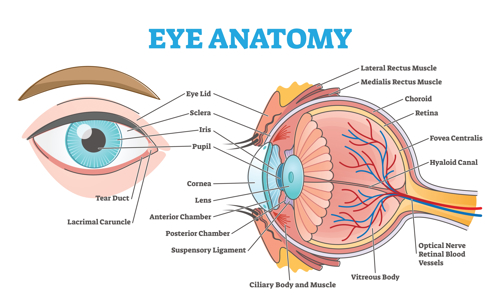
Step 2: Lights, Camera, Action - How Light Travels
Now that we've met the eye's superheroes, let's follow the journey of light as it enters your eye and creates the images you see:
- Light's Path: When you look at something, light bounces off of it and enters your eye through the cornea. It then passes through the pupil and gets focused by the lens onto the retina.
- Image Formation: The lens adjusts its shape to make sure the light forms a clear picture on the retina. Think of it like focusing a camera lens.
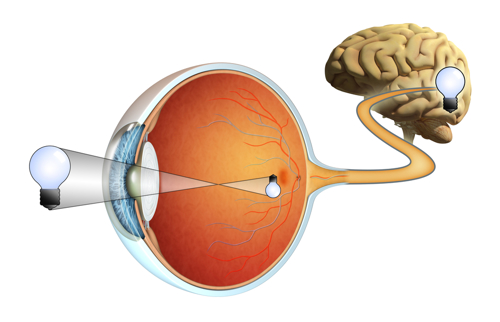
Step 3: Retina Magic - Turning Light into Pictures
Now comes the real magic! The retina takes the light that forms the image and transforms it into electrical signals that your brain can understand. Here's how it works:
- Photoreceptors: The retina has special cells called photoreceptors - like tiny light detectors. There are two types: rods (for seeing in dim light) and cones (for seeing colour and detail).
- Signal Transmission: When light hits these photoreceptors, they send electrical signals to your brain through the optic nerve. Your brain decodes these signals and turns them into the images you see.
Step 4: The Brain's Masterpiece - Interpreting What We See
Your brain is like a genius artist, taking all those signals and turning them into a masterpiece of sight. It's where everything comes together:
- Visual Cortex: This is the part of your brain that turns the signals into the images you recognize. It helps you understand shapes, colours, and even movement.
- Binocular Vision: Your eyes work together like a team to give you depth perception. This helps you judge how close or far away things are.
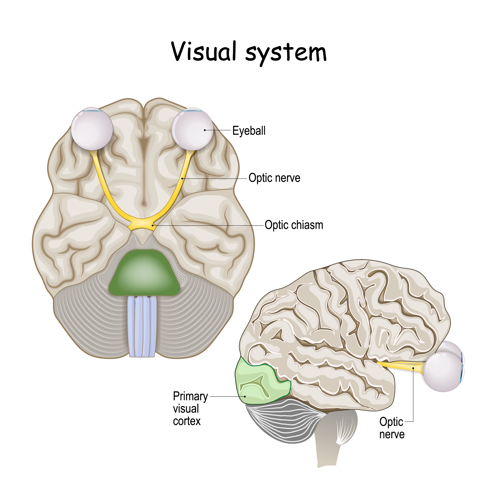
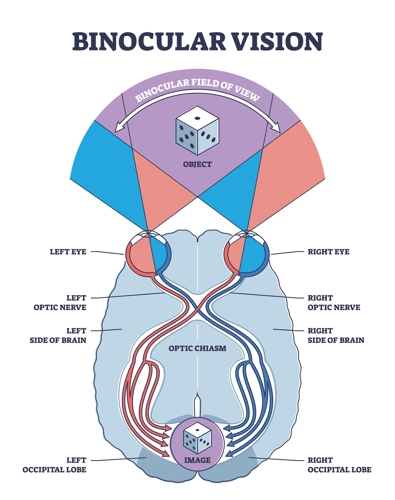
Congratulations, young explorers! You've just unlocked the secrets of how your eyes work their magic. From the moment light enters your eye to the wonders your brain creates, you're experiencing a beautiful journey every time you look around. So next time you're out and about, take a moment to appreciate the incredible gift of sight that lets you explore and learn from the world around you. Happy exploring!
Activity Time: DIY Eye Model
To make learning even more fun, why not create a simple model of the eye with your kids? Here's how:
- Grab a large Styrofoam ball or playdough to represent the eyeball.
- Use a smaller ball or bead to represent the pupil.
- Attach a thin piece of plastic or a clear plastic cup to represent the cornea.
- Attach a larger, flexible plastic sheet for the lens.
- Stick tiny beads or different-coloured buttons onto the surface to represent rods and cones on the retina.
- As you assemble your model, explain each part and its function to your kids.
Remember, our eyes are like the gateway to a world full of wonder and exploration. So, keep asking questions and stay curious, because there's always something amazing to discover!
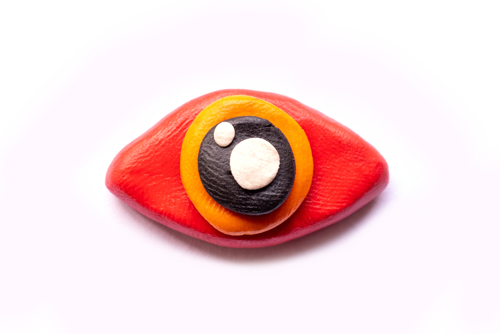
This information does not take into account your personal situation and is general in nature. You should consider whether the information is appropriate for your needs and seek professional medical advice.
Always consult your healthcare professional before taking any supplements or if any concerns arise.

